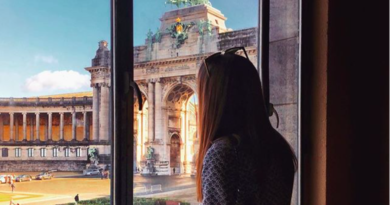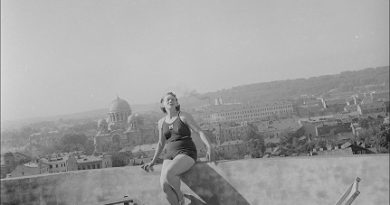Turning Art into Human Rights at the Fine Arts Museum in Brussels
You may have been to the Royal Museums of Fine Arts several times, but have you ever looked at the artworks as essays in justice, torture, freedom of expression, women’s rights, equality, the death penalty and other human rights? Amnesty International and The Museum have created a new series of videos together, suitable for both seasoned and new visitors to the museum. It’s a chance to look at familiar masterpieces through the lens of 10 essential human rights.
Accessible, gripping conversations between art experts and magistrates, journalists, and professors of human rights will include you in the best dinner party conversation, showing you art in a new light. Learn how famous artists have considered basic human rights over the centuries and be amazed that the same issues – torture, justice, children’s rights, the death penalty, freedom of expression – are still being grappled with 500 years later.
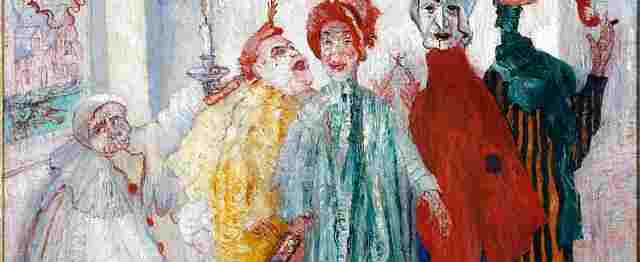
10 different human rights are explored in 10 video conversations, each with one expert from the art world discovering a masterpiece with an expert from the world of human rights chosen by Amnesty Belgium.
The video series was the idea of Althea Williams, a former director at Amnesty Belgium and Geraldine Barbery from the Royal Museums of Fine Arts. The video series which has just been launched will enable first time and seasoned visitors to the Fine Art Museum to share the mindset of the artist and experience his or her perception, while fast-forwarding to our present world and seeing its relevance.
The masterpiece The Judgement of The Emperor Otto explores the notion of Justice, with a magistrate from the International Court of Human Rights talking with an art historian. Their conversation addresses the question of equal access to justice, fair trials and the notion of violence in justice, all of which are vitally important today.
Another work explored in the Justice conversations is Susanna and the Elders, painted in 1567. They addressed the question of the abuse of power by authority, its destructive influence on the fabric of society and the role of the citizen in opposing it.
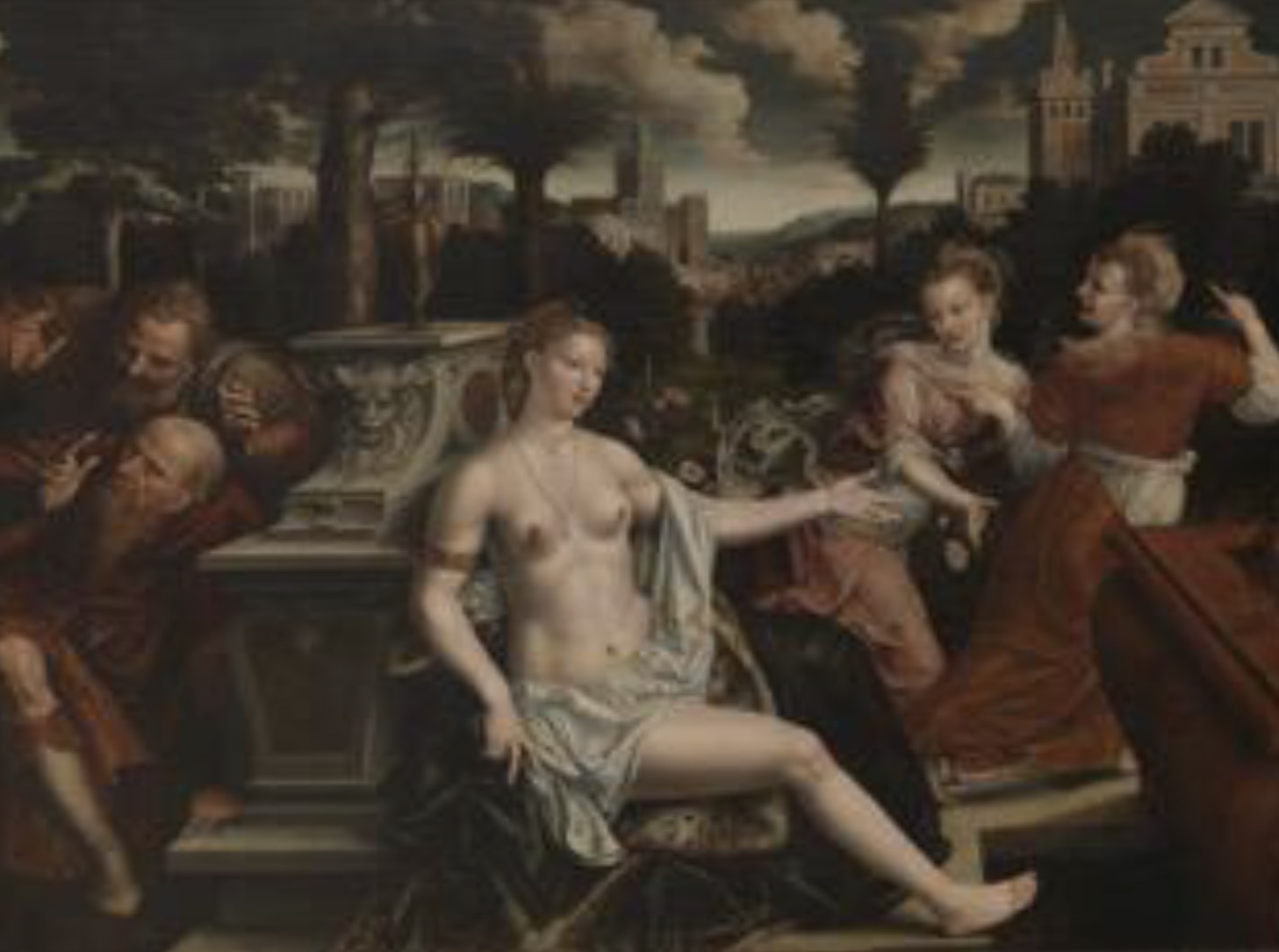
Freedom of Expression
The Death of Marat is a masterpiece by Jacques-Louis David, painted at the time of The Reign of Terror during the French Revolution. Marat, murdered in his bath by Charlotte Corday, defends freedom of expression but, once in power himself, abuses that right, inciting hatred and is instrumental is sending many political opponents to their death. In David’s iconic painting, which can also be seen as political propaganda, Marat is depicted as an idealised martyr. The questions asked during this conversation concern the importance of freedom of expression: 1400 journalists have been assassinated in the past 25 years for their work and only 13% of the world’s population enjoys a free press today. And what are the limits to this freedom? Can you see Marat as a hero of the French Revolution, or can you see him as someone who abused his right to freedom of expression?
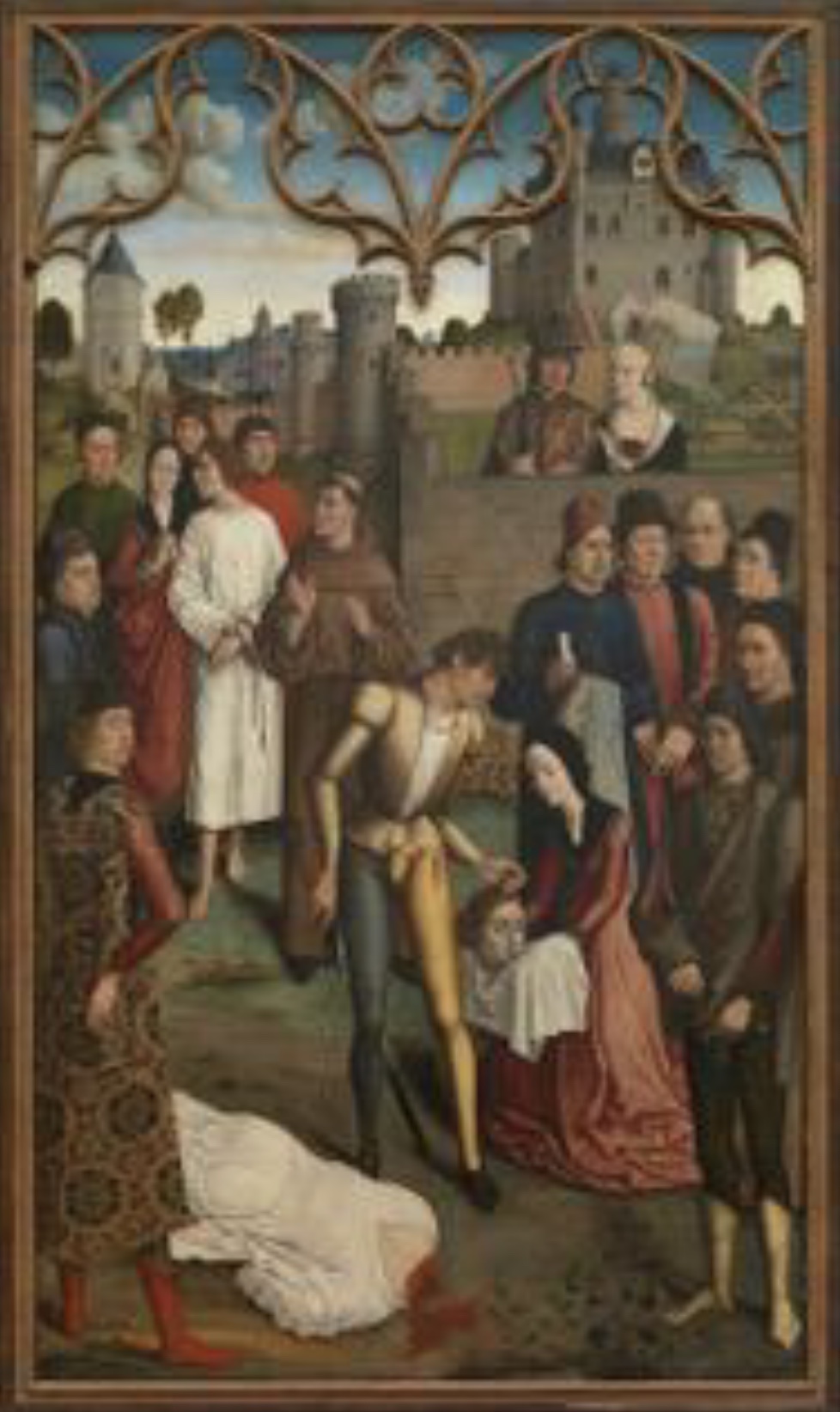
The 10 videos are free to download and are in French or Dutch with subtitles (English subtitles will be added during the summer months) and they are suitable for all ages and levels.
In addition, starting from September, on the first Wednesday of every month at 2pm there will be a tour by the museum guides.
To find out more about this, please click this link.

